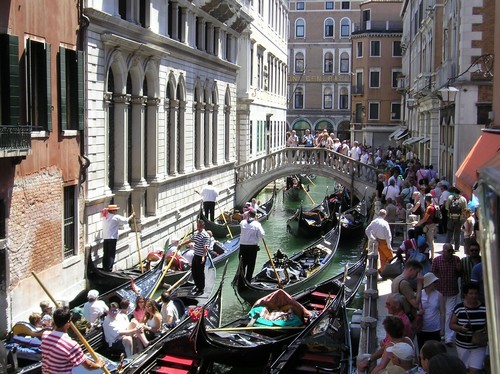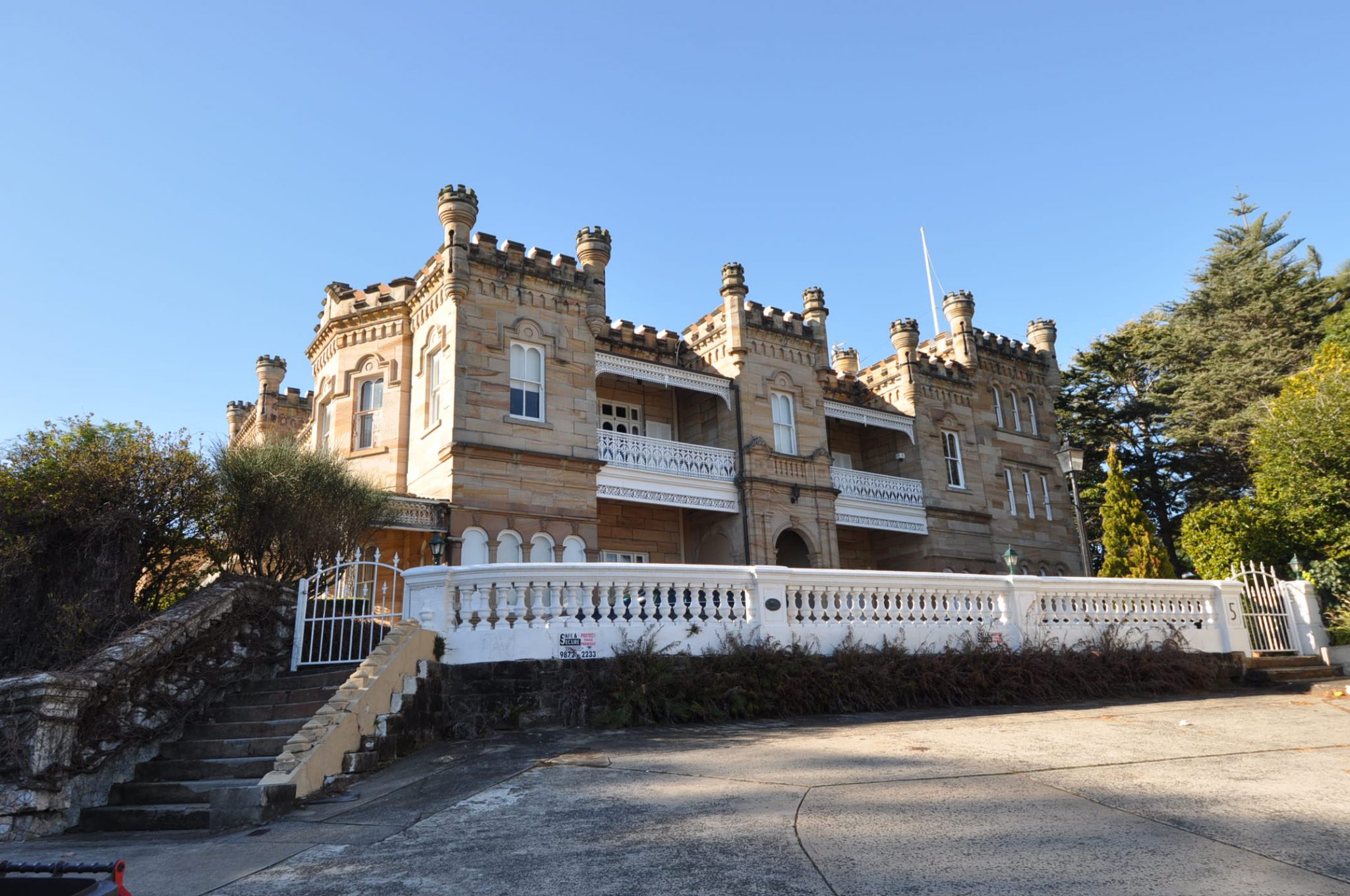Professional Associations
It was only recently that I came across a set of heritage policies put out by the then
Royal Australian Institute of Architects (RAIA) in 2008. It is appropriate that an institution such as AIA does have a set of heritage policies given that so much development takes place in conservation areas, heritage landscapes or close to heritage listed buildings and most of it is in contention. The policies proclaim that ‘the architectural profession has a responsibility to contribute to the conservation and understanding of the built environment. Creativity allied with design skills and an appreciation of the original are required for successful conservation and adaptive re-use’. Fig 1 – London street scene UK.
Fig 1 – London street scene UK.
It encourages government to pursue;
• A more rigorous process for the listing of heritage items. Listing must be based on well researched significance
• The creation of new organisations and processes within the Commonwealth, States, Territories and local government to responsibly manage important heritage properties while enabling effective use, maintenance and a degree of public access.
• The provision of adequate funding and tax incentives for important buildings and places
• Increased funding for the provision of adequate training for heritage conservation, specifically for architects
• The involvement of appropriately skilled architects in relevant decision-making regarding the conservation of listed heritage buildings and places.
I have underlined the above policies that I believe deserve special mention. Chief among these are rigour in the management of heritage, adequate funding and incentives as well as essential training in cultural built heritage management at university and TAFE level. There are far too many charlatans operating in the heritage sector today who call themselves heritage consultants but have little formal training and low levels of experience or traditional building knowledge. Obviously, this does not apply to the entire sector because indeed, there is a coterie that really does have a comprehensive understanding of traditional building techniques and there is equally a group of highly respectable artisans who are intimately connected with art of traditional conservation methods and processes. Their contribution is indispensable. However, the sector is not served well by those who pretend to have an understanding and end up making decisions that in the long run are disastrous for both the affected heritage buildings as well as their clients.
On the strength of this diatribe, I would like to single out Principle 6 which sets out the need for highly skilled professional knowledge and experience when it comes to making appropriate decisions for heritage buildings and places;
Principle 6
• Encourage high standards in architectural education and development with respect to cultural heritage and conservation
• Support registers of heritage buildings and places; in particular the RAIA Register of Significant 20th+ Century Buildings, and all government registers.
• Participate in the continuing development and review of lists of significant heritage items in such registers, to ensure that they are appropriate and comprehensive in content and include the items on the RAIA lists.
• Ensure that appropriately qualified and skilled architects are available to undertake cultural heritage conservation work, through appropriate undergraduate and post-graduate courses and professional development programmes. Such persons should be registered architects knowledgeable in cultural heritage conservation, and with proven design skills and construction experience.
• Ensure that the conservation of cultural heritage remains part of the core curriculum in tertiary education programmes.
• Support research into the conservation of cultural heritage in the built environment.
Conclusion
To this I would add that there needs to be accreditation for the cultural built heritage practitioners equivalent to the professional standards of IHBC in the UK. The Institute of Historic Building Conservation (the IHBC) is the principal professional body for building conservation practitioners and historic environment specialists working in the UK.
The IHBC exists to:
• help people, by promoting advice and understanding on the care and conservation, enjoyment and appreciation of our historic places for all, including its benefits, significance and management, because conservation relies on informed people.
• help conservation, by supporting specialists, specialisms, and specialist interests in conservation, because conservation requires specialised care.
• help conservation specialists, by supporting, encouraging and challenging members and prospective members of the IHBC, because conservation demands specialists informed, coordinated, scrutinised and inspired by a professional body
Paul Rappoport – Heritage 21 – 3 May 2017
Reference: © 2008 The Australian Institute of Architects – Heritage Policy.
IHBC website accessed 3 May 2017 – http://heritagehelp.org.uk/organisations/institute-of-historic-building-conservation-ihbc
Related Articles

New Ways of Assessing Heritage Impact
The system we use today in NSW and Australia generally to assess heritage impact is limited and perhaps slightly old…
Read more
Taxing tourism to pay for cultural built heritage
The World Bank (2010) writes that a good investment climate for tourism, underpinned by a sound tax regime, can play…
Read more
Heritage-Tourism – Loving it to Death
How often have we all heard or read the phrase; “Tourism is a driver of economic development”.
Read more
Is Heritage in the Public or Private Interest?
Clearly, the development and pro- conservation approaches are like ships passing in the night. Will there ever be a happy…
Read more

Need help getting started?
Check out our guides.

Complete the form below to contact us today.









